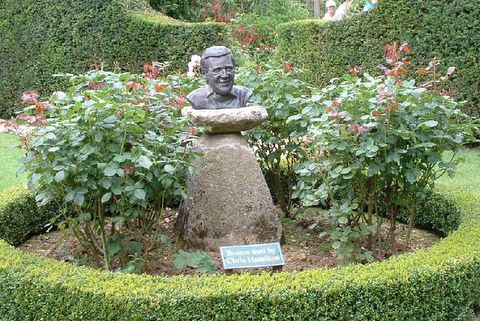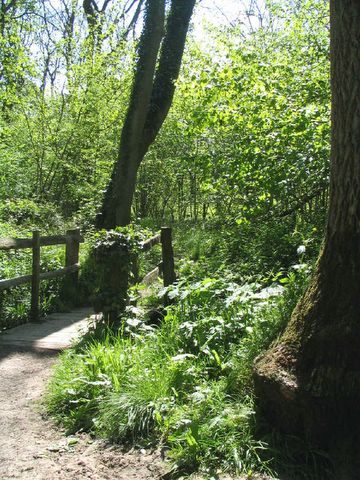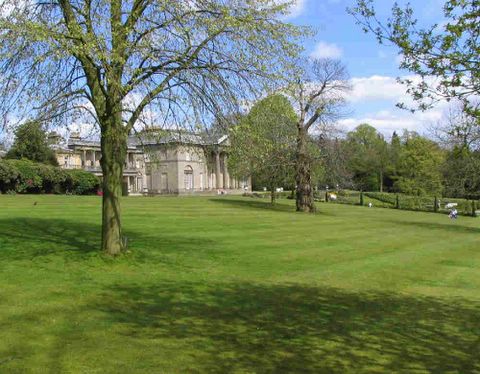Since getting back from our short break “up North” I have been busy trying to catch up with the garden which took the opportunity to go crazy when left to its own devices for a few days, hence the delay in completing my post about Eden. Also, since we got back, the local bird population have decided to use our garden as a depository for all their newly arrived offspring, and where we started off feeding just a few, now there are hoards of them and it’s costing us a fortune.

Juvenile Starling

This is one of the young starlings waiting for mummy to come along and feed it. They are actually quite capable of feeding themselves when no one is looking, but otherwise they expect full waiter service. A lot like human offspring!
While we were away we took a trip into the Lake District. The weather started off very wet, but it produced some very dramatic views as we travelled from
Ullswater and up over the Kirkstone Pass. Many of the little streams had become torrents so that there was always something to see. Depending upon whom you believe, Ullswater is between 7.5 and 9 miles in length. There are some very pleasant steamer rides to be had here, but not on a day like this was.

Kirkstone Pass

This view back from the top, looking back towards the lake, was taken at risk of being blown back down the hill, and a couple of minutes outside the car were quite enough.

Kirkstone Pass

Looking the other way was less inviting, so we travelled on down into Windermere.
Somewhat strangely, the town of Windermere is situated a mile or two away from the lake of the same name, with
Bowness-on-Windermere being the place to visit if it is actually the lake that you want to see. They are both next door to each other and have plenty of things of interest for the visitor. Don’t go to Windermere now if it is high speed boating that you want to indulge in as a few weeks ago speedboats were banned and a speed limit imposed, and there is now a much more leisurely air about the place. This I gather seems to have pleased and horrified the locals in about equal measure.
Guardian Unlimited | The Guardian | Revolt over Windermere speed limitA car ferry still crosses the lake between Ferry Nab and Ferry House providing an attractive and convenient approach to the western side of the lake and the villages of Hawkshead and Sawrey, where you can visit the home of
Beatrix Potter at Hill Top. There is also a less historic approach to be found in Bowness at
The World of Beatrix Potter Attraction, WindermereWe passed up on this option this time as the weather was still a bit typical of Lake District weather and so we opted to go to
Blackwell which is a delightful Arts And Crafts house originally belonging to Sir Edward Holt, a brewer from Manchester who was twice Lord Mayor. It was completed in 1900 and is a house is of international importance, standing at the crossroads of Victorian design and modern architecture of the 20th century. It is all the more remarkable that so much of the original interior decoration has survived intact. I can thoroughly recommend a visit. If you time your visit right, you can get good value meals in their tea room.

Blackwell House

The house stands in a most imposing situation overlooking Lake Windermere.

Blackwell House - Windermere

From here we moved on down to the southern lakes area and visited
Sizergh Castle & Garden a National Trust property. Its somewhat unusual name is of Scandinavian origin, from their occupation of the area in the 9th century.

Sizergh Castle

In the twelfth century, King Henry II, one of the most powerful European rulers of his time, regained the northern counties of England. He granted Sizergh and other lands in North and South Westmorland to Gervase Deincourt around 1170 - 1180AD. Sizergh was held in the Deincourt family for several generations until Elizabeth Deincourt, became the sole heiress. Later the estate was conveyed in marriage to her husband, Sir William Strickland in 1239, in whose family it has remained until being handed over to the National Trust in 1950.
The gardens are particularly attractive and I am sure that later in the season they will be even better. The rock garden to the side of the house contains many fine acers giving the garden a Japanese feel.
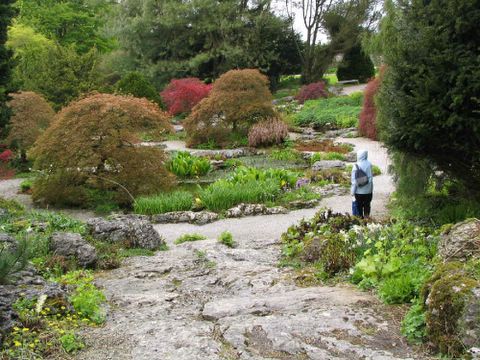
Sizergh Gardens


Acer at Sizergh

The lake to the front of the house was looking a bit bleak, and was in the sole ownership of a pair of swans.
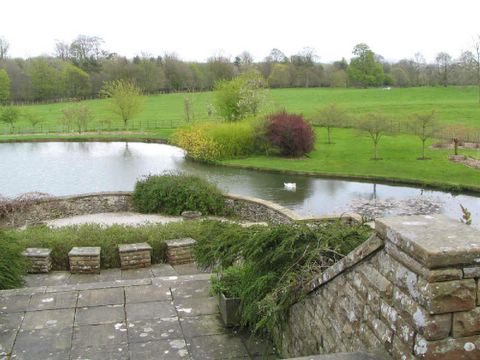
Sizergh Gardens

